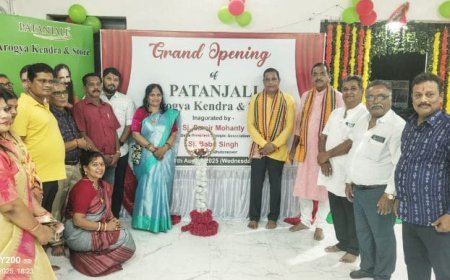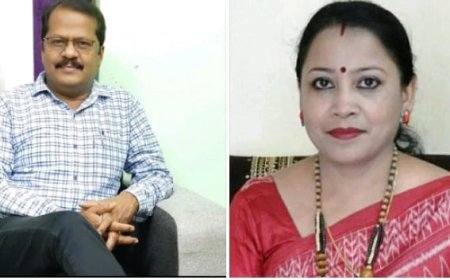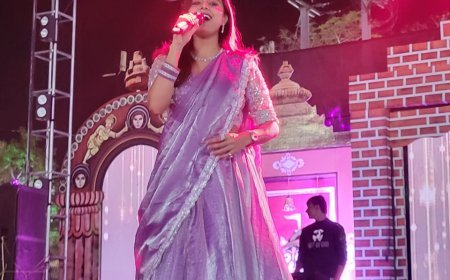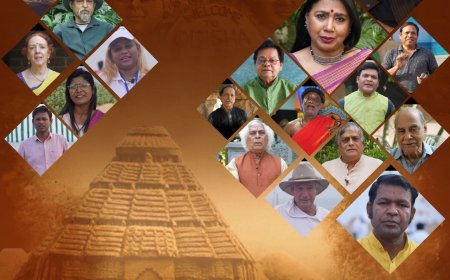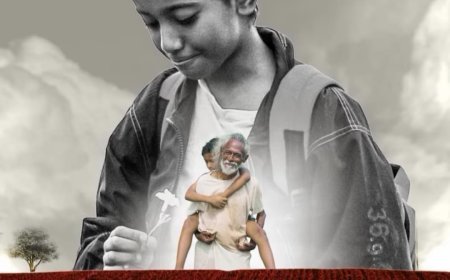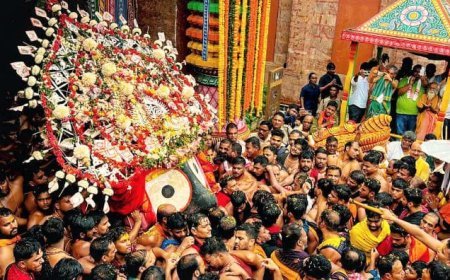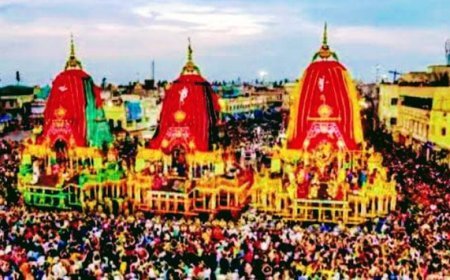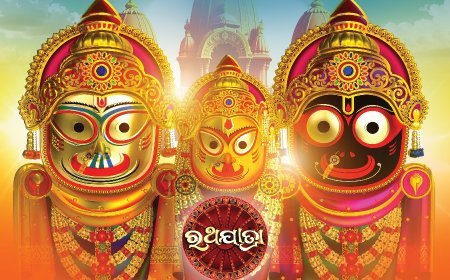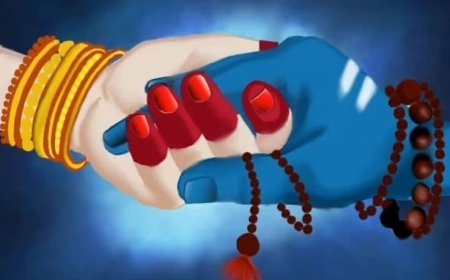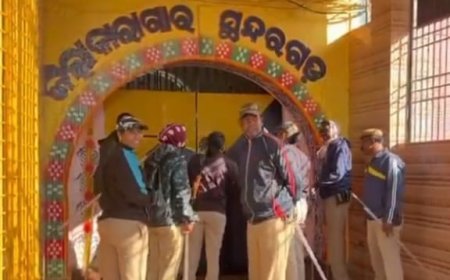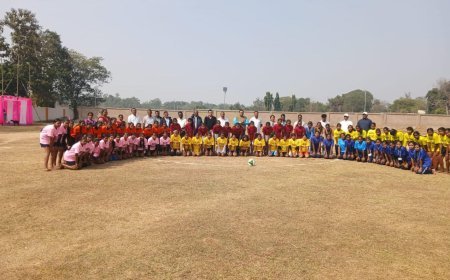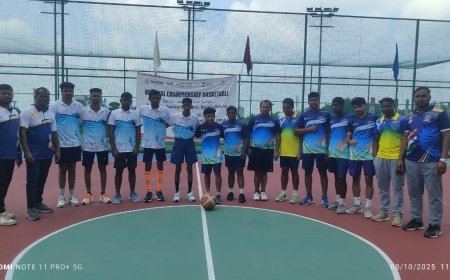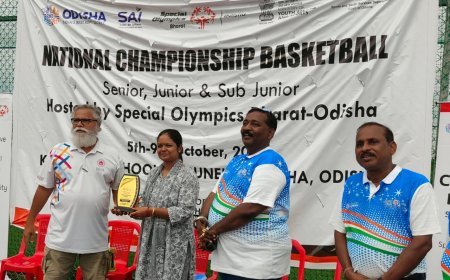Budhei Osa in Odia Culture
TRADITION

Sanjay Bhatt
Budhei Osa, also known as Budhi Baman Osa, is a revered festival deeply embedded in the cultural and spiritual fabric of Odisha. Celebrated with unwavering devotion during the auspicious month of Bhadrava (August /September), the festival holds special significance for married women, who observe it with prayers for fertility and the enduring health and well-being of their children. Budhei Osa is traditionally observed every Wednesday throughout this sacred month.
Far from being a single-day observance, the festival unfolds over four to five days, depending on familial traditions. Some devotees begin their rituals from Bhadrava Sankranti to Ashwina Sankranti, while others follow the calendar from Gamha Poornima to Indu Poornima. Regardless of the variation in dates, the essence of Budhei Osa remains consistent-a heartfelt invocation for divine protection and blessings upon one's offspring.
The central deity of the festival is Goddess Budhei, who is venerated as the mother of Goddess Vimala. Vimala, associated with the loom, is closely linked to the sacred rituals of the Shree Jagannath Temple, where offerings made to her are transformed into the sanctified Maha Prasad. In a broader spiritual context, Mother Vimala is worshipped as Buddha, while Lord Jagannath is regarded as Baman, weaving the festival into the tapestry of Odisha’s rich religious mythology.
One of the most distinctive features of Budhei Osa is the worship of the sila (grinding stone) and silapua (grinding stone bar) as symbolic representations of the goddess. These humble, everyday household tools are elevated to divine status during the observance, reflecting the deep spiritual connection between the domestic and the divine.
The rituals commence early on Wednesday mornings-auspiciously aligned with Mercury's day-with the ritual purification of the worship area using gomaya (cow dung). Devotees then arrange the requisite items: turmeric paste, oil lamps, incense sticks, and a sacred pitcher. The sila and silapua are washed thoroughly with turmeric water and Ganga water before being placed on a wooden pedestal, sanctified and ready for worship.
A particularly artistic aspect of the ritual involves the collective preparation of turmeric paste by all participants. This paste is used to fashion symbolic features of the goddess-her hands, feet, face, eyes, and ears-upon the grinding stone. She is then adorned with garlands of sea stones, betel nuts, and ornaments, bringing to life a deeply intimate vision of the divine. The silapua, symbolising the son, is likewise decorated, reinforcing the profound maternal bond central to the festival’s meaning.
The ritual culminates with offerings of betel nuts, coconuts, incense, lamps, and flowers, followed by a sacred aarti, performed using a rope coil and camphor. The spiritual mood deepens with the recitation of the Budha Baman scripture-a sacred text unique to this festival, comprising five chapters and 134 verses that recount five devotional folk tales. This storytelling is considered integral to invoking the goddess’s blessings.
Throughout the festival, offerings of fruit are made on each Wednesday. The celebration concludes with a grand feast on the final Wednesday of September, where devotees prepare a variety of cooked vegetables, cakes, and pies. This not only serves as a ceremonial offering but also fosters communal harmony and shared spiritual engagement among families and neighbours.
More than a ritualistic observance, Budhei Osa is a profound expression of Odisha’s spiritual heritage-an affirmation of maternal devotion, familial unity, and the deep-rooted faith in the protective embrace of Goddess Budhei. It is a tradition that continues to resonate across generations, imbued with symbolism, artistry, and collective grace.
*******







